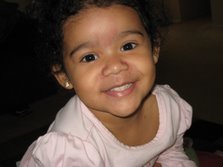CAH, Contrastive Analysis Hypothesis claimed that the principal barrier to second language acquisition is the interference of the L1 with the L2. While some aspects of the language may be easily transferable, others may not be at all related and so making the language learning more challenging.
CLI is cross-linguistic influence, it is said to be a weak version of CAH, as learners are learning the language and errors appear, teachers can use their knowledge o the target and native languages to understand sources of error. CLI suggests that we all recognize the significant role that prior experience plays in any learning act, and that the influence of the native language as prior experience must not be overlooked.
I think that as teachers, being aware of the different types of mistakes or errors our ELLs make can facilitate the areas of concern we should address in our instruction. We should view these errors as guides to a more desirable outcome without being negative. As teachers we are able to identify the needs of our ELLs before they are assessed in a state test. Unlike these tests, being familiar with the cross-linguistic influence in language learners enables us to be more effective communicators of instruction before our students are faced with tests that don't measure a degree of rightness.
Subscribe to:
Post Comments (Atom)


1 comment:
Totally agree, in daily interactions and observations we can learn in what stage our students are and implement activities that can address those areas before the "BIG" test. Furthermore, many times (almost always) this inside relation with your students provides teacher with feedback that can show students' progress, way better than the results of an standardize test.
Erika.
Post a Comment